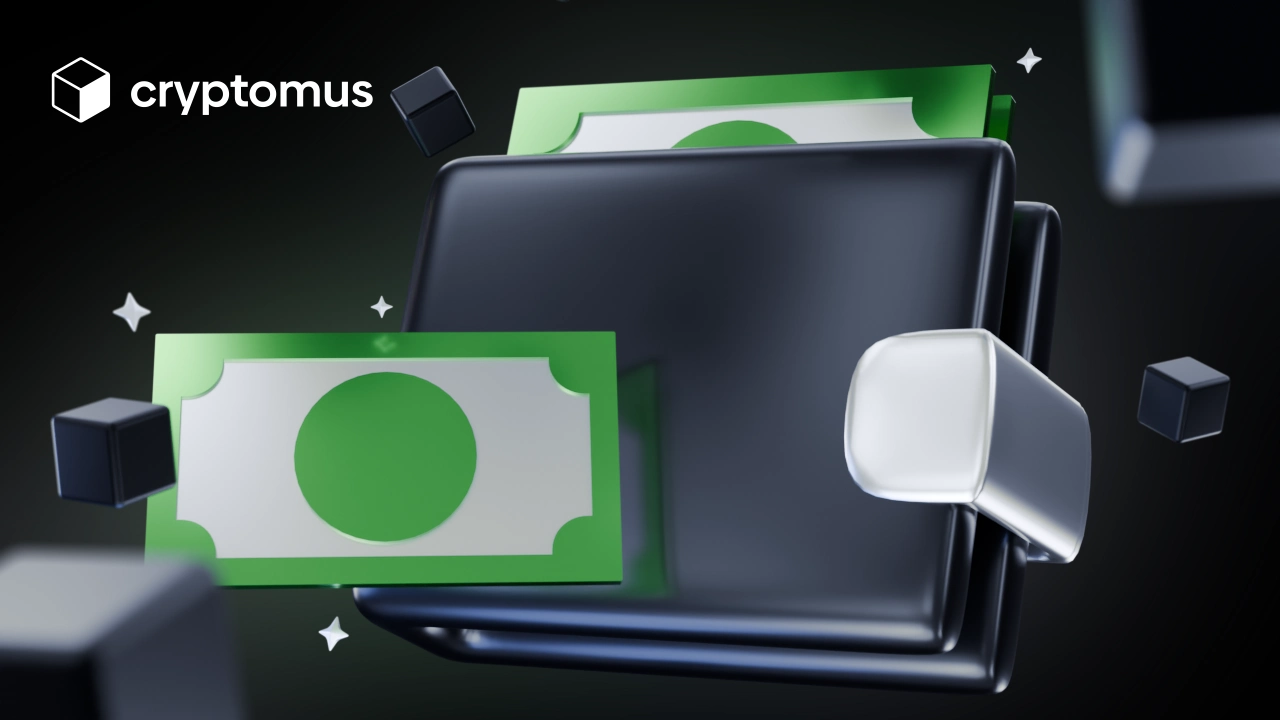
Paper Wallet Là Gì Và Cách Tạo Nó
Đầu tư vào crypto đòi hỏi mức độ bảo mật tài sản cao nhất. Paper wallet là một trong những lựa chọn mang lại phương thức bảo vệ cổ điển nhưng đáng tin cậy.
Hôm nay chúng ta sẽ bàn về paper wallet: nó là gì, cách tạo, và thậm chí so sánh nó với hardware wallet.
Bitcoin Paper Wallet Là Gì?
Paper wallet là bản ghi vật lý của public key và private key cần thiết để truy cập và quản lý token của bạn. Dù trông có vẻ lỗi thời, paper wallet mang đến một phương pháp ngoại tuyến an toàn để bảo vệ tài sản số khỏi rủi ro trực tuyến.
Private key trên paper wallet là một chuỗi mã ngẫu nhiên giúp mở khóa tài sản của bạn. Đây là yếu tố quan trọng nhất của paper wallet. Nếu bị lộ, người khác sẽ có toàn quyền kiểm soát tài sản của bạn; còn nếu làm mất, bạn sẽ vĩnh viễn không thể truy cập.
Ngoài ra, loại ví này thường có kèm QR code để thanh toán nhanh chóng. Tuy nổi tiếng về độ an toàn, paper wallet cũng tiềm ẩn rủi ro mà chúng ta sẽ phân tích chi tiết hơn.
Paper Wallet Hoạt Động Như Thế Nào?
Paper wallet hoạt động như một hình thức cold storage cho crypto. Nó liên quan đến việc tạo cặp key mật mã (public và private key) rồi in ra giấy. Việc in này tạo bản sao lưu vật lý cho ví của bạn.
Khi muốn nhận BTC, bạn chỉ cần chia sẻ public key với người gửi, và họ sẽ chuyển tiền đến địa chỉ ví của bạn. Để sử dụng Bitcoin trong paper wallet, bạn phải import private key vào một ví hỗ trợ và sau đó chi tiêu BTC.
Cách Tạo Paper Wallet?
Không chỉ Bitcoin, paper wallet có thể lưu trữ nhiều loại crypto khác. Tuy nhiên, cần lưu ý rằng bạn không thể dùng một paper wallet cho nhiều loại tiền điện tử khác nhau, vì mỗi loại được liên kết với một blockchain riêng, đòi hỏi ví riêng biệt.
Quy trình chung để tạo paper wallet gồm các bước sau:
- Chọn công cụ tạo paper wallet uy tín: Một số công cụ phổ biến là BitAddress và Cropty.
- Tạo cặp key: Công cụ sẽ sinh ra địa chỉ mới cùng private key tương ứng.
- In ví: In các key rõ ràng trên giấy chất lượng cao.
- Bảo mật ví: Lưu trữ paper wallet ở nơi kín đáo, chống cháy.
Hãy luôn nghiên cứu kỹ loại crypto và tùy chọn ví trước khi tạo paper wallet. Đây là cách đơn giản để lưu trữ token ngoại tuyến, nhưng với số lượng lớn, bạn nên ưu tiên bảo mật. Hãy cân nhắc hardware wallet để an toàn nhất, hoặc software wallet nếu bạn muốn cân bằng giữa tiện lợi và bảo vệ.

Cách Gửi Bitcoin Từ Paper Wallet?
Paper wallet chỉ lưu trữ key, chứ không phải công cụ giao dịch trực tiếp. Để gửi Bitcoin từ paper wallet, bạn cần:
- Lấy private key
- Nhập vào một ví Bitcoin tương thích
- Truy cập tài sản
- Thực hiện giao dịch đến địa chỉ ví người nhận
Dù quy trình khá đơn giản, nhưng software wallet vẫn là lựa chọn hiệu quả hơn cho những ai thường xuyên giao dịch.
Paper Wallet Vs. Hardware Wallet
Cả paper wallet và hardware wallet đều thuộc cold storage, nhưng có đặc điểm khác biệt:
- Bảo mật: Paper wallet kém an toàn hơn hardware wallet, vốn có bảo vệ vật lý và các biện pháp bảo mật nâng cao.
- Tiện lợi: Paper wallet dễ dùng hơn, nhưng hardware wallet có nhiều tính năng và tích hợp với nền tảng, sàn giao dịch.
- Chi phí: Hardware wallet thường đắt hơn, nhất là các mẫu cao cấp, trong khi paper wallet hầu như miễn phí.
- Chức năng: Hardware wallet ưu tiên bảo mật với tính năng multi-signature, cold storage và hỗ trợ nhiều loại crypto.
Tóm lại, cả hai loại đều bảo vệ token của bạn, nhưng hardware wallet tiện lợi hơn và có thêm tính năng hữu ích. Tuy nhiên, nếu bạn không muốn chi tiền, paper wallet cũng có thể đáp ứng nhu cầu cơ bản.
Đó là tất cả những gì chúng tôi muốn chia sẻ về paper wallet. Dù nó giúp bảo vệ tài sản ngoại tuyến hiệu quả, nhưng cần xử lý cẩn thận để tránh mất mát.
Hy vọng hướng dẫn này hữu ích. Hãy để lại ý kiến và câu hỏi của bạn bên dưới!
Đánh giá bài viết




bình luận
0
Bạn phải đăng nhập để đăng bình luận